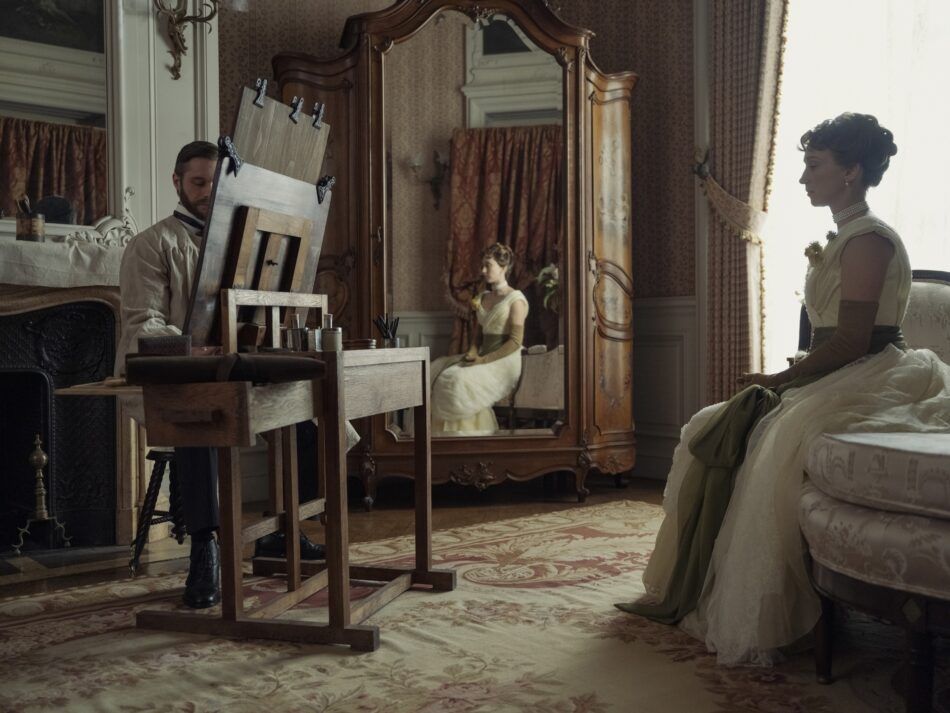
Although most of the characters of The Gilded Age are fictional through and through, the show’s writers tend to pull in real-life figures when it comes to the art and culture of the time. Architect Stanford White, of the influential firm McKim, Mead & White, appeared in the first season, and opera singer Christina Nilsson, who performed on the inaugural night of the original Metropolitan Opera house, showed up in the second. At the opening of season three, portraitist John Singer Sargent materializes to paint Bertha Russell’s daughter, Gladys.
Sargent was, in fact, a preferred painter of the Gilded Age beau monde, creating hundreds upon hundreds of artworks in his career across Europe and America. “Commissioning a portrait, especially by an artist such as Sargent, was a symbol of wealth, culture and one’s status as a member of the social elite,” Lori Garst, the curator of the Biltmore estate in Asheville, North Carolina, told Artnet. For the endlessly striving Bertha Russell, who often uses her children as pawns in her quest for social dominance, having her daughter sit for this fashionable artist is perfectly fitting.
The best known of Sargent’s many portraits, Madame X, caused quite a stir with its bold sexuality when it was first shown, in 1884. In The Gilded Age, the Sargent character notes that he had to repaint the strap, which he originally depicted as slipping off his subject’s shoulder. For fans looking to disappear further into the world of the celebrated portraitist, Madame X and many other of his works are currently on view in the Metropolitan Museum’s “Sargent & Paris” exhibition. The Russells would certainly approve.







